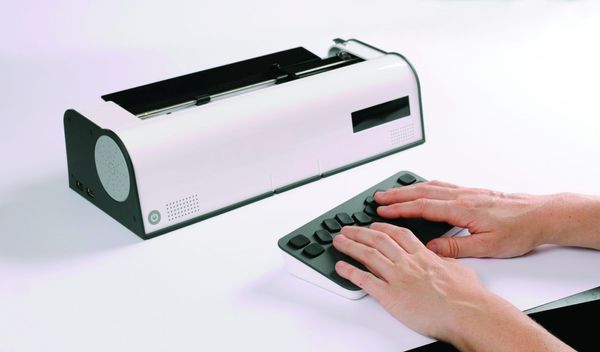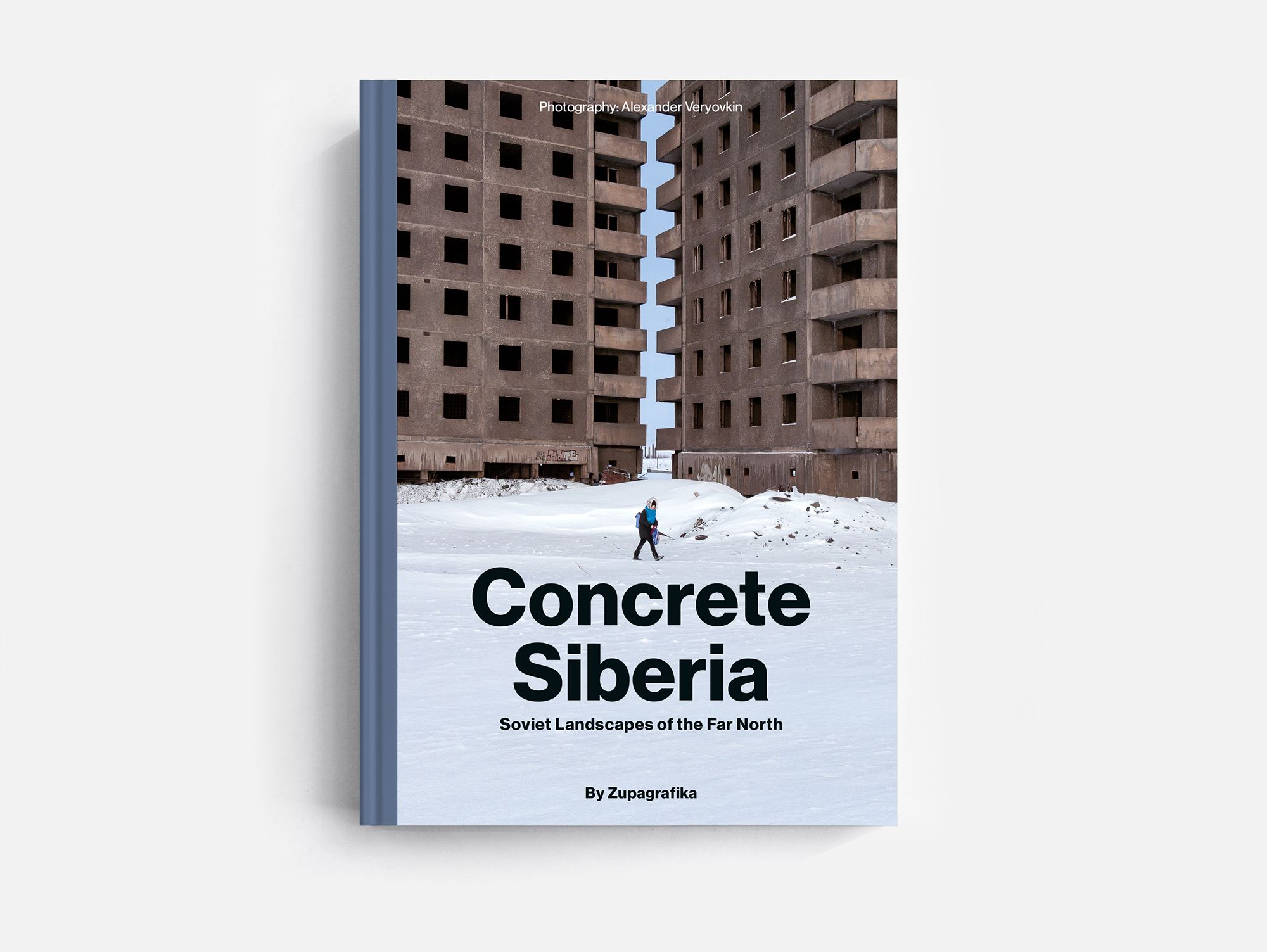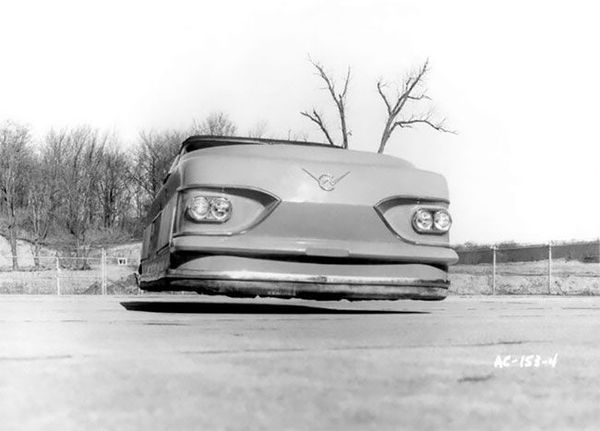When hearing the name Siberia, the first things coming to our minds are probably eternal frost, rigidness or perhaps fighting for survival. David Navarro and Martyna Sobecka, the founders of design studio Zupagrafika decided to travel across perhaps the most extreme and less known area of the Earth to show us what the brutalist architecture of the Far North is like.
Poland-based Zupagrafika’s work is characterized by taking an unconventional approach to covering topics of modernist architecture. Their latest work received the name Concrete Siberia, and explores the romance of modernist architecture and everyday life in post-war Siberia.
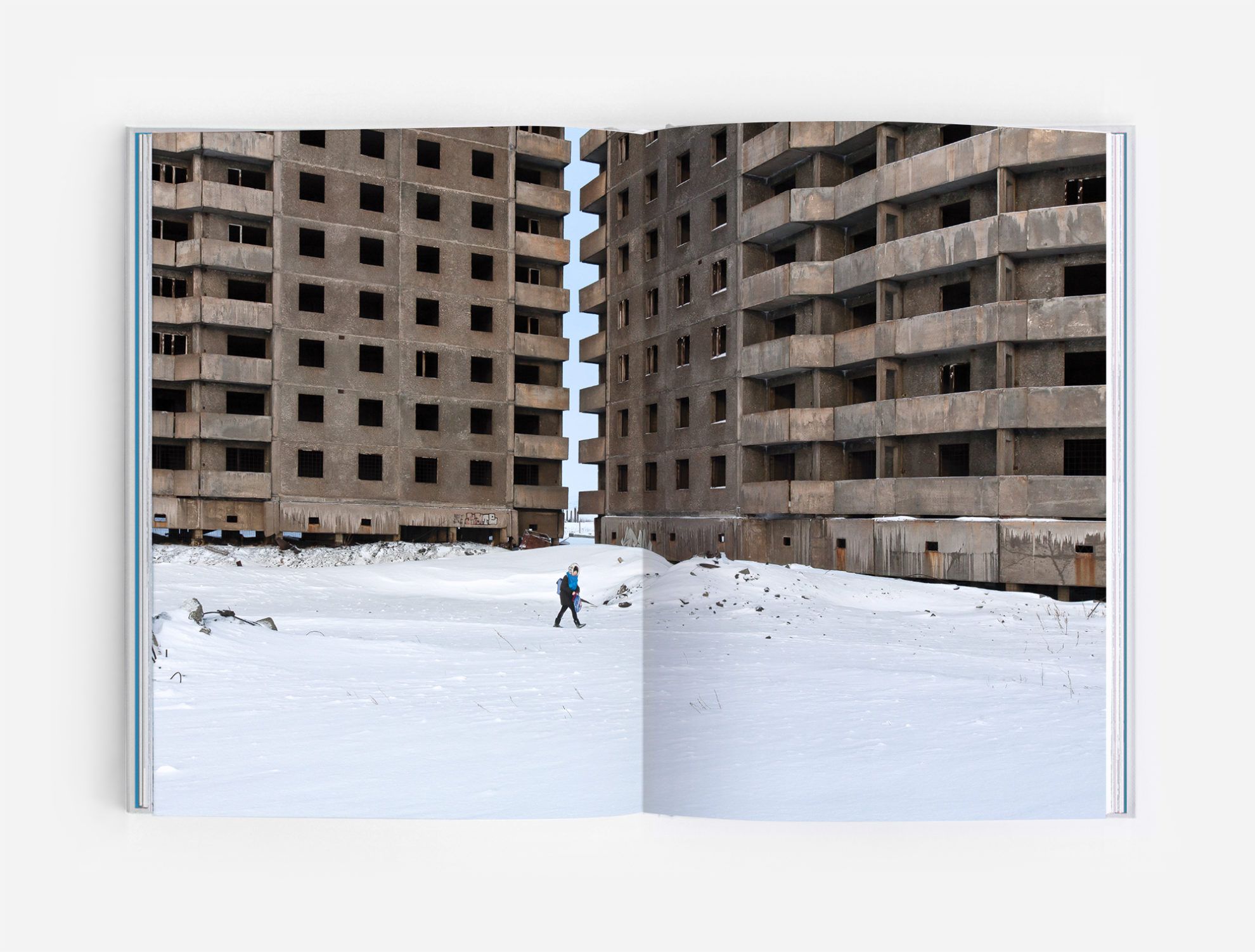
“Through Concrete Siberia we are sharing the architecture which fascinates us and which we have been documenting in many ways (whether through illustration or photography) for the last decade. Many of the buildings photographed in the book have not been published in any form before. We believe this book can be a tool to explore unknown places and constructions that shaped the cityscapes of Siberia and also, perhaps, to appreciate them as they are” – David and Martyna told us.
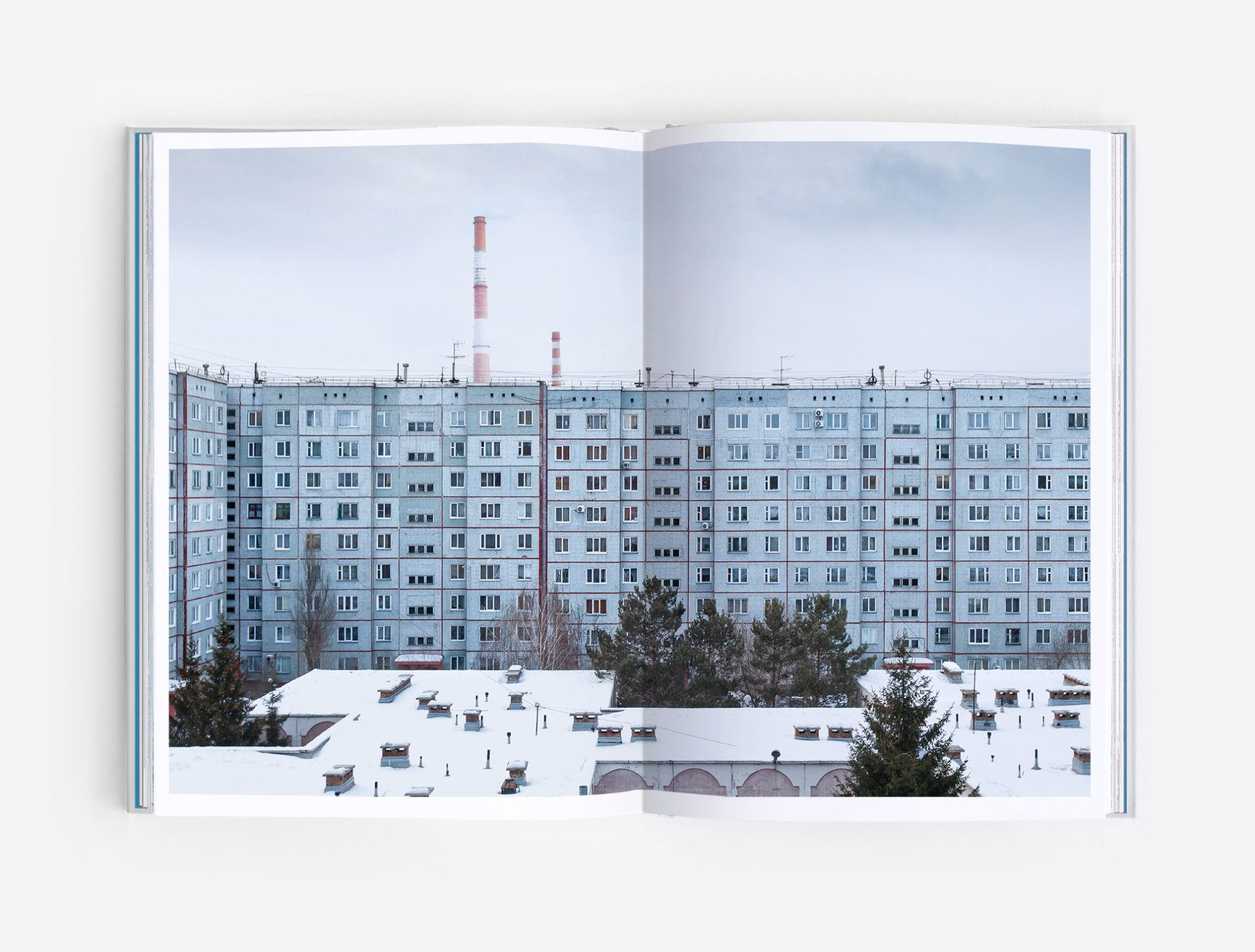

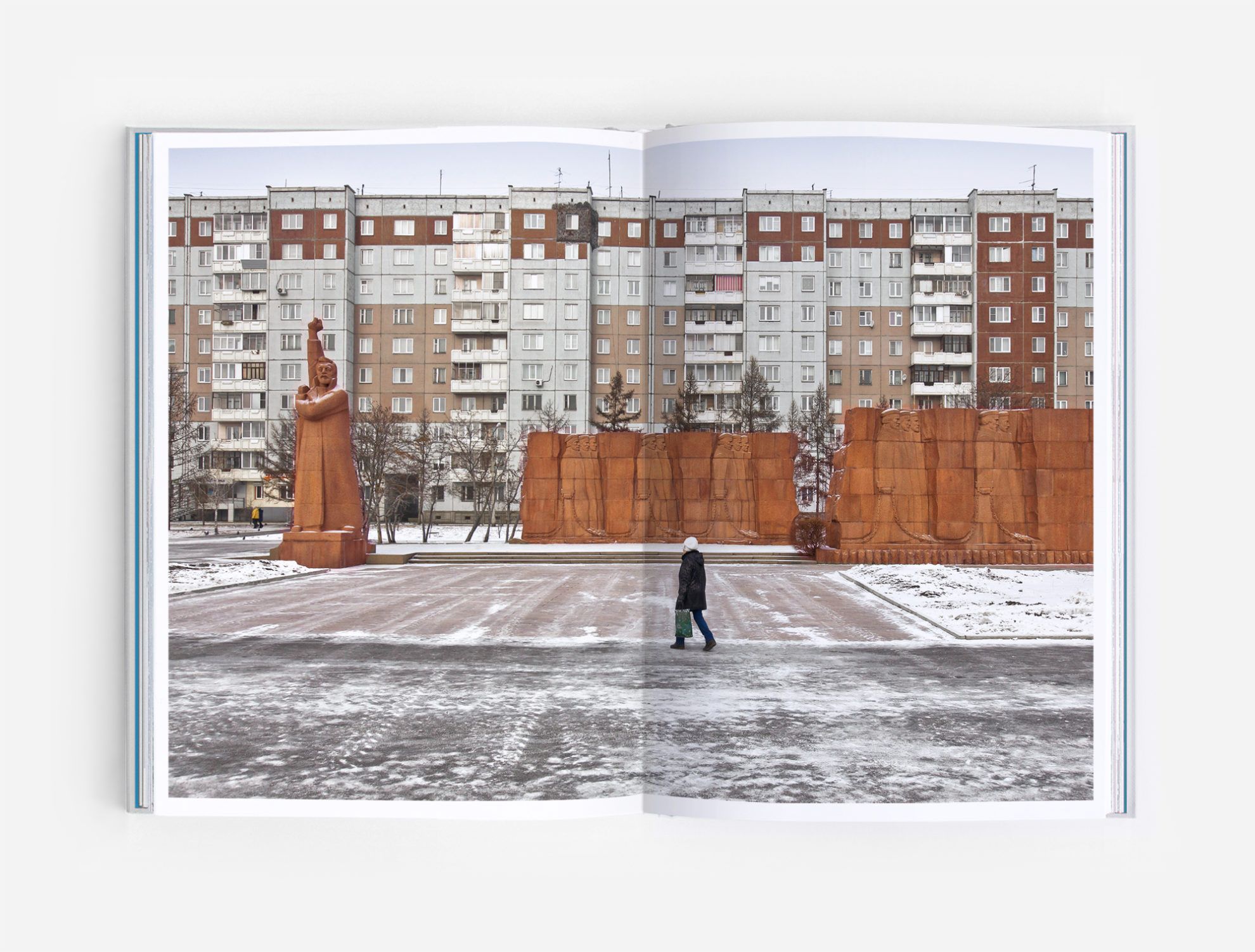
The book allows us to explore the microrayons of the cities across the Urals to the Arctic Circle, as well as the industrial monotowns, concrete theaters, opera houses and panel buildings rising from the permafrost (permanently frozen ground) through the photographs of Russian photographer Aleksandr Veryovkin. The book features cities such as Novosibirsk, Omsk, Krasnoyarsk, Irkutsk, Norilsk and Yakutsk. The latter two are considered the coldest settlements on the planet.

“We perceive the buildings and complexes featured in our books as the anti-heroes of modern architecture. Although these are home to the vast majority of city dwellers, post-war suburbs, microrayons and districts of central and Eastern Europe have been invisible for decades. Many would rather they didn´t exist” – added the members of Zupagrafika.
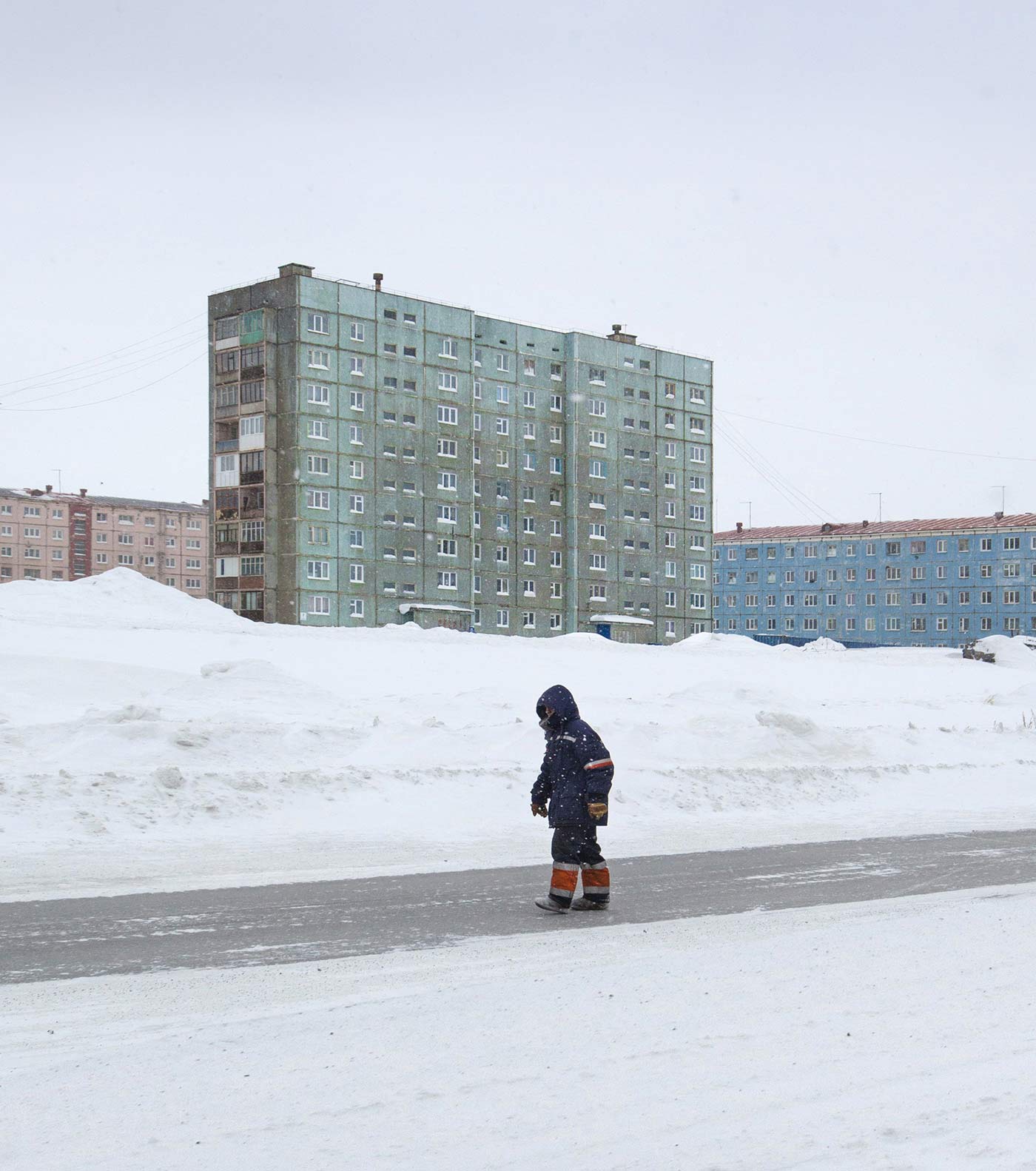
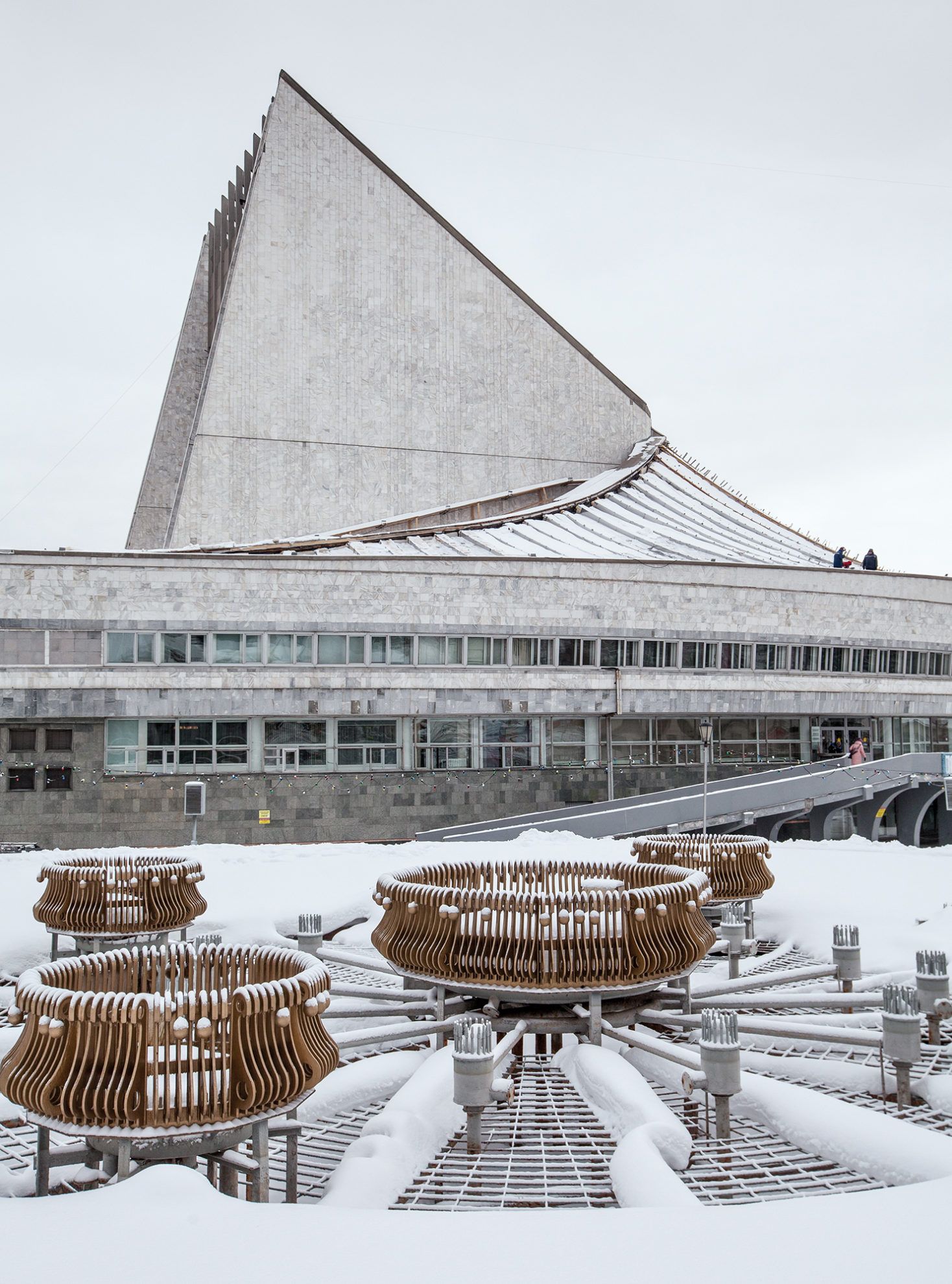
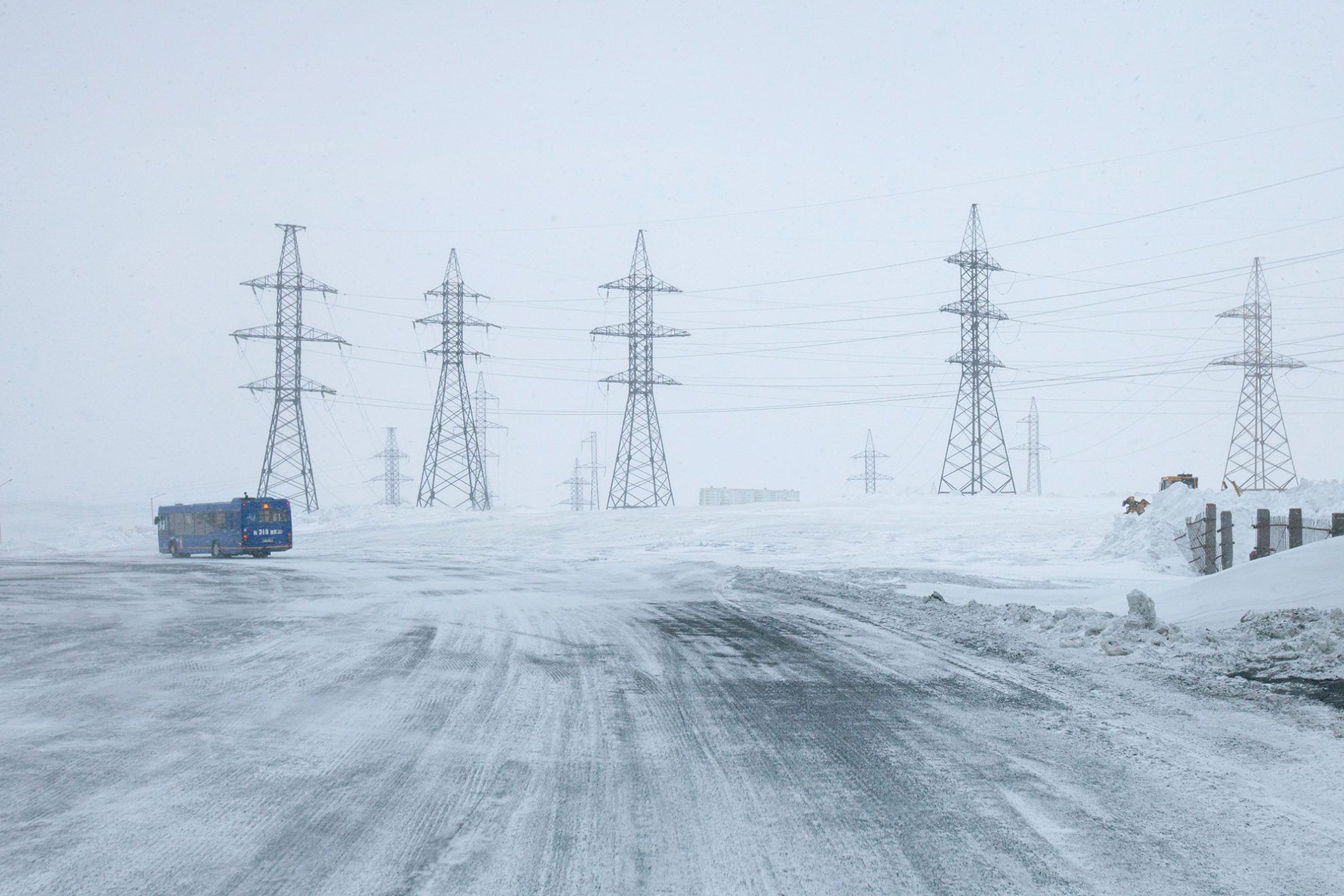
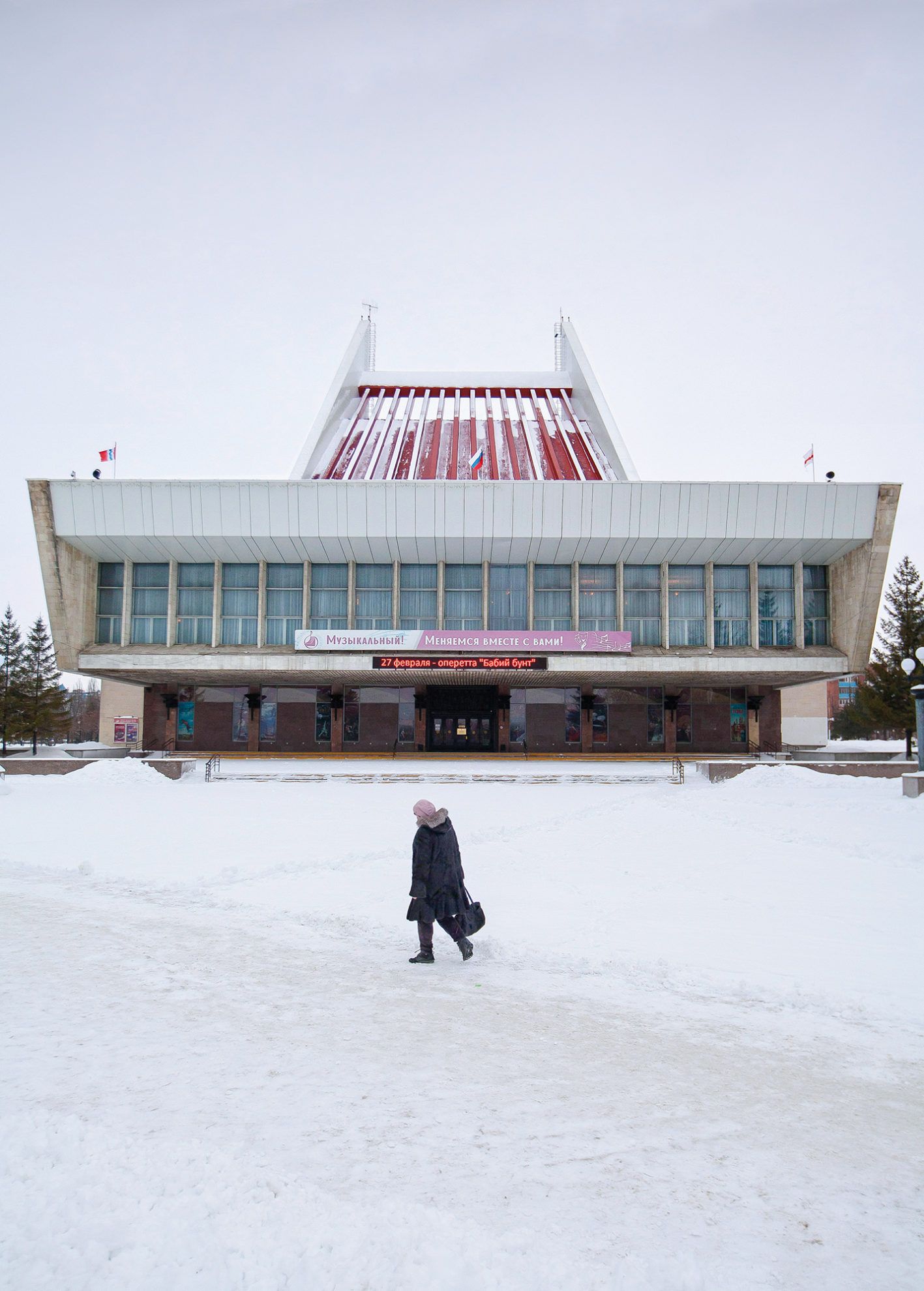
Concrete Siberia is unique for several reasons, and its making wasn’t always easy either. The originators also shared some fun facts with us: for example that the coldest city was Yakutsk, where they had to capture the Brutalist buildings in -30 degrees Celsius. Entering the city of Norilsk is still subject to passport control even today, while Yakutsk is only accessible via air travel in the largest part of the year, and even though its one of the coldest cities on the planet, the locals are quite open and hospitable. According to the authors, every city included in the book is unique in their own way, but perhaps Norilsk is the most exciting in a visual sense.
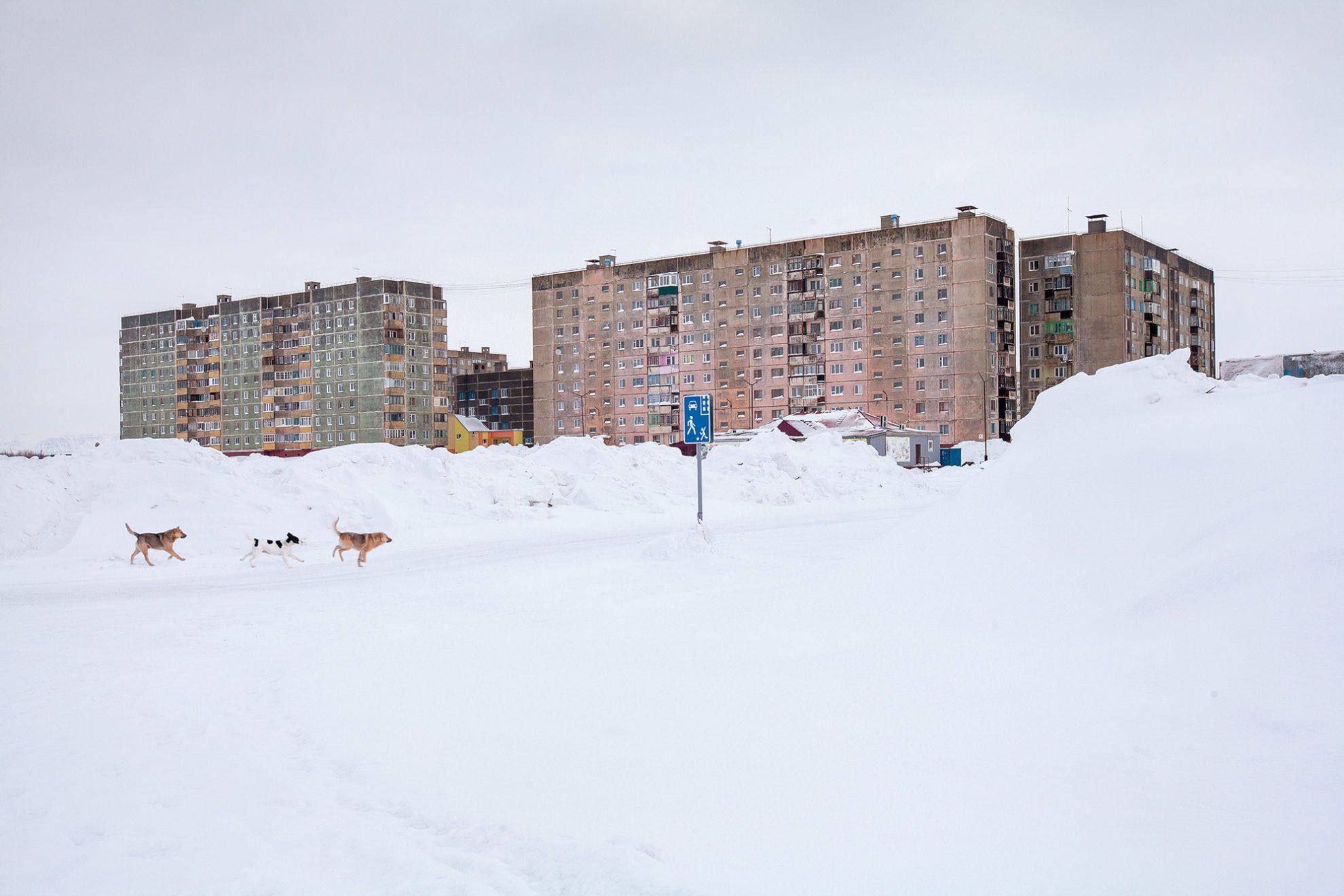
If you are a fan of brutalism, go and check out Zupagrafika’s website, where you can find other peculiarities, too, or get your own copy of Concrete Siberia here.
Photography: © Zupagrafika
Zupagrafika | Web | Facebook | Instagram
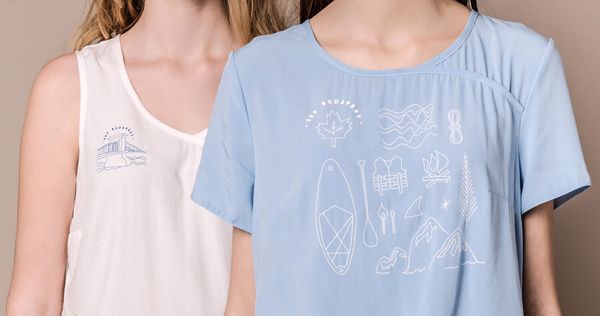
Back to nature, through the city | SUP Budapest x Alma Vetlényi
